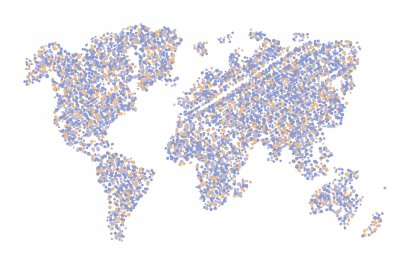 The whole of the economic activity is divided into sectors. There are four different sectors. The first sector, also called primary, is made up of all agricultural, livestock and forestry activities, from which the fundamental raw materials that serve as food for the population are obtained. The secondary sector of the economy is the set of activities and processes that involve the transformation of natural resources through production processes (this sector includes industry, as well as all systems for the transformation of basic materials).
The whole of the economic activity is divided into sectors. There are four different sectors. The first sector, also called primary, is made up of all agricultural, livestock and forestry activities, from which the fundamental raw materials that serve as food for the population are obtained. The secondary sector of the economy is the set of activities and processes that involve the transformation of natural resources through production processes (this sector includes industry, as well as all systems for the transformation of basic materials).
The tertiary sector refers to the necessary services that must be provided by consumers (mobile telephony, banking, transport, energy, education or health). Finally, there is the so-called quaternary sector, an economic field that is directly related to the new paradigm of technology and information.
The quaternary sector
In recent years we have become familiar with new concepts: internet search engines, R&D, artificial intelligence, databases, biotechnology and many others. All these terms have an impact on the economy and, therefore, it is logical that they form a new area, the quaternary sector.
The quaternary sector has an essential characteristic, which consists of its scientific foundation. For this reason, the fourth sector has a different nature from the others, since it is not based on raw materials, their preparation or associated services, but is developed within the framework of research and hence the name R&D (research and development).
Companies that are dedicated to the quaternary sector are focused on investigating new advances for the other three sectors of the economy. If we think of a chicken farm in the livestock sector, the farm's production can be improved if it incorporates computer software from the fourth sector to optimize business performance.

The quaternary sector has brought about a revolution in the three classic sectors of the economy
Scientific research is applicable to any economic field. The primary sector can benefit, for example, in the control of pests that affect crops. The secondary and tertiary sector can incorporate the RFID system, a labeling based on radio waves that allows to improve the storage and logistics systems that affect the different products.
Photos: iStock - vgajic / Leonardo Patrizi









